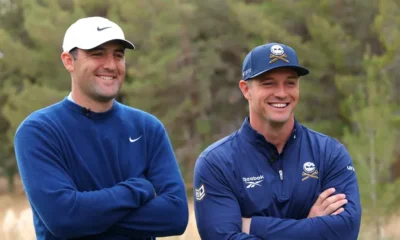Blog
Tiger Impresses in Comeback, Falls Short of Daly at PNC
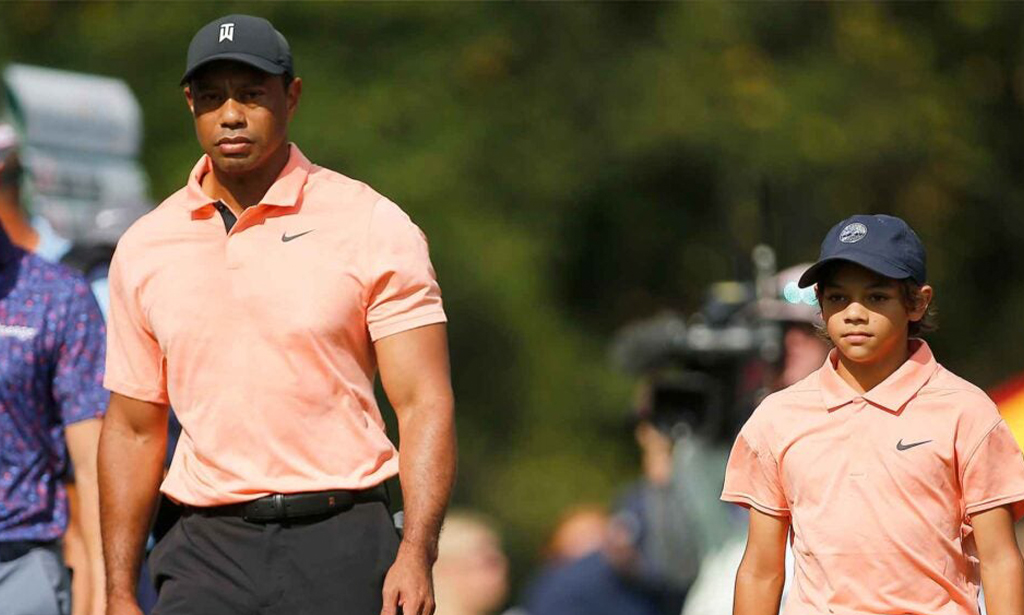
Tiger Woods passed the first test of his latest comeback with flying colors.
He and son Charlie teamed to reel off a tournament record 11 birdies in a row and shoot 15-under 57 at the Ritz-Carlton Golf Club in the two-man scramble format, but it wasn’t enough to catch John Daly and son John II at the PNC Championship.
“To be here and win a big tournament like this with my son, nothing can beat it,” said John Daly after he and his son shot 57 and a 36-hole total of 27-under 117.
On a sun-soaked Sunday, Team Woods was paired in the final round of the tournament with Matt Kuchar and his son, Cameron, and the elder Kuchar gushed afterwards about how well Woods played just 10 months after the jaws of life were needed to rescue him from an SUV that rolled into an embankment on a busy Los Angeles boulevard.
“He still can flush it, he’s still got speed, still hit irons spectacular that were Tiger Woods of old-like irons. It was awesome,” Kuchar said.
It was just a few weeks ago that Tiger posted a video of himself hitting a golf shot at home under the headline “making progress.” He was the last player in the 20-team field to commit to the tournament. When asked if he thought Tiger’s game was ready for the PGA Tour, Kuchar didn’t hesitate.
“Yes,” he said. “Easy as that.”
Tiger, however, didn’t agree. “I’m not at that level. I can’t compete against these guys right now, no,” he said. “It’s going to take a lot of work to get to where I feel like I can compete with these guys and be at a high level.”
Team Woods, who opened with a 10-under 62 on Saturday, got off to a fast start in the final and posted the second-best score on the front nine.
“When we made the turn, I told Charlie, I said, ‘We’re going to have to at least birdie out or at least make eight out of the nine on the back nine to have a chance.’ There were just too many groups that were either tied with us or ahead of us,” Woods said.
Charlie, 12, showed no nerves, hitting a series of beautiful irons, especially at the par-3 12th and 17th, where he hit a 5-iron to about 5 feet, which was the closest of any of the competitors all day.
Watching in awe. ?
11 birdies in a row for Team Woods. pic.twitter.com/iIP9S4UDOZ— PGA TOUR (@PGATOUR) December 19, 2021
Only 1,000 tickets were sold to the public and it seemed as if everyone of them was watching Tiger and Charlie, including baseball Hall of Famer Ken Griffey Jr., and countless grown men dressed in Tiger’s traditional Sunday red and black. Former Tour pro John Cook went out to walk the back nine with Tiger, his old practice-round pal here in town, and marveled at what he was seeing.
“Who knew a U.S. Open was going to break out,” he said, adding, “but you know Tiger, he’s not a just-show-up type of guy.”
“The competitive juices, they are never going to go away,” Tiger said. “This is my environment. This is what I’ve done my entire life. I’m just so thankful to be able to have this opportunity to do it again.”
Team Woods had one last chance at the par-5 18th to apply pressure to the Team Daly, who were playing behind them, but failed to convert on their birdie tries.
“We knew on the tee box (at 18) that we needed three to probably get into a playoff or at least make it interesting for the Dalys’ back there,” Woods said.
For Woods, who spent three months in a hospital bed and didn’t know if he’d ever walk let alone play golf again, the week was a resounding success.
“To push as hard as we have the last seven months with taking no days off and just working our butts off each and every day, and to have this opportunity to be able to play with my son and to have these memories, for us, for both of us, our lifetime, it’s worth all the pain.”
This article originally appeared on Golfweek.
Blog
The Art of the Unsolicited Golf Tip: How to Annoy Your Playing Partners with Wisdom
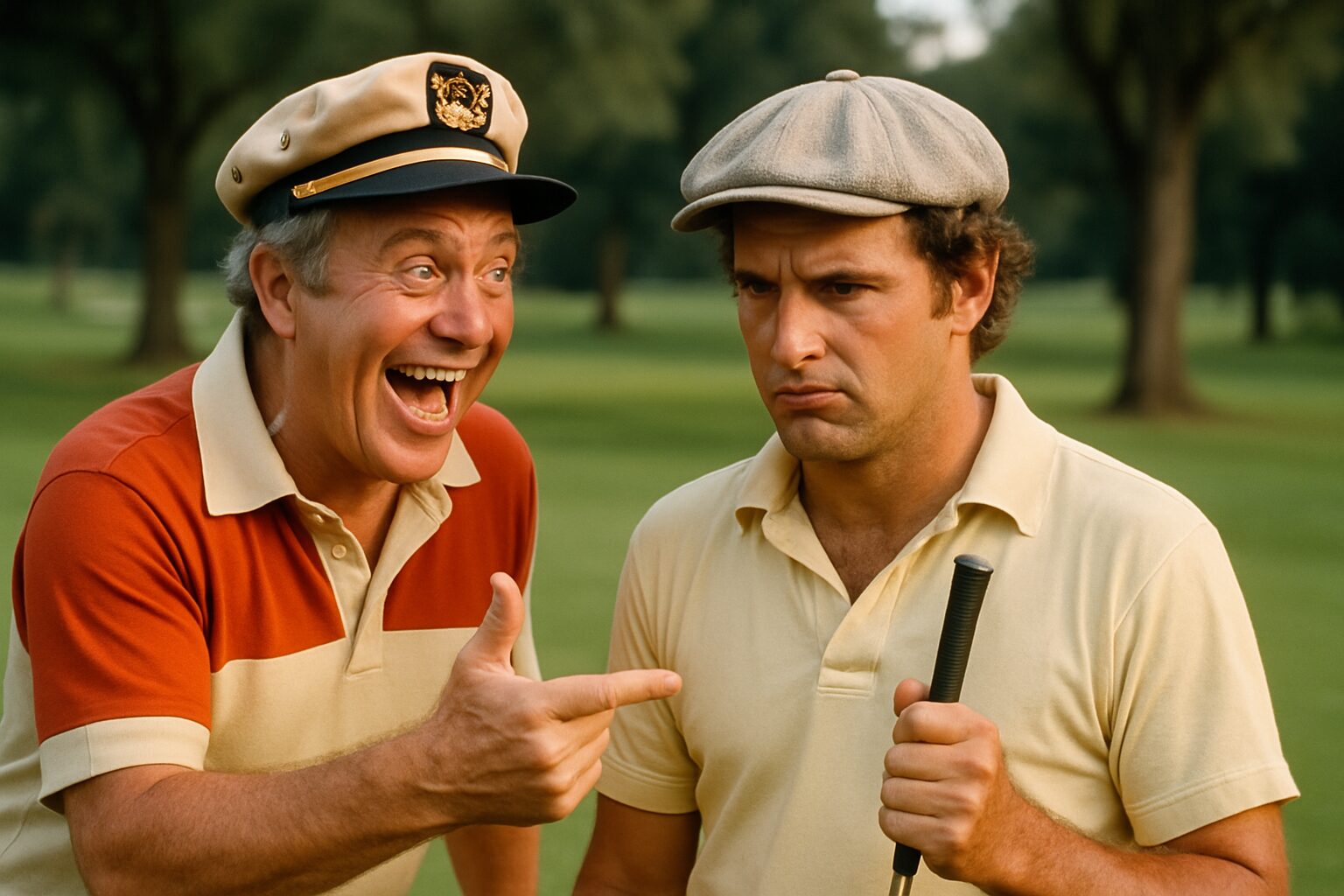
There’s a certain breed of golfer, a truly special individual, who believes that every swing, every putt, every moment on the course is an opportunity for unsolicited advice. They are the self-appointed gurus of the green, the unsolicited senseis of the sand trap. And while most people recoil from such an individual, I, Ty Webb, find a certain perverse charm in their relentless, often misguided, generosity. After all, what is golf if not a canvas for human folly, painted with strokes of well-intentioned, yet utterly useless, wisdom?
Consider the scenario: your playing partner, a man (or woman) of quiet desperation, is about to address the ball. Their brow is furrowed, their stance is tentative, their very soul is screaming for a moment of peace. And then, from the depths of your profound, albeit unrequested, knowledge, you unleash it: “Keep your head down!” Or, “Slow backswing!” Or, my personal favorite, delivered with a knowing wink, “Be the ball.” The effect is instantaneous. A subtle flinch. A barely perceptible sigh. The swing, already fraught with anxiety, becomes a tortured ballet of self-doubt. The ball, inevitably, finds its way into the deepest, darkest rough.
And that, my friends, is the art. The beauty of the unsolicited golf tip lies not in its efficacy, but in its disruption. It’s a gentle reminder that even in the serene confines of the golf course, chaos lurks. It’s a subtle assertion of dominance, a playful jab at the fragile ego of your fellow golfer. It’s a way of saying, without actually saying it, “I know more than you, even if I don’t.”
Of course, there are rules to this art. Never offer a tip when someone is actually asking for one; that would be far too helpful, and thus, entirely counterproductive. Always deliver your wisdom with an air of profound nonchalance, as if the secret to a perfect swing has just casually occurred to you while contemplating the existential dread of a missed putt. And most importantly, never, ever, acknowledge the catastrophic results of your advice. A shrug, a thoughtful nod, perhaps a mumbled, “Well, that’s golf,” is all that’s required.
So, the next time you’re on the course, and you see a fellow golfer struggling, resist the urge to be genuinely helpful. Instead, embrace the art of the unsolicited golf tip. For in the gentle torment of your playing partners, you will find a profound, if slightly mischievous, joy. And who knows, perhaps in their frustration, they will, inadvertently, discover their own path to enlightenment. Or at least, a new appreciation for silence.
Blog
Why Your Golf Balls Disappear (and It’s Not the Gophers)
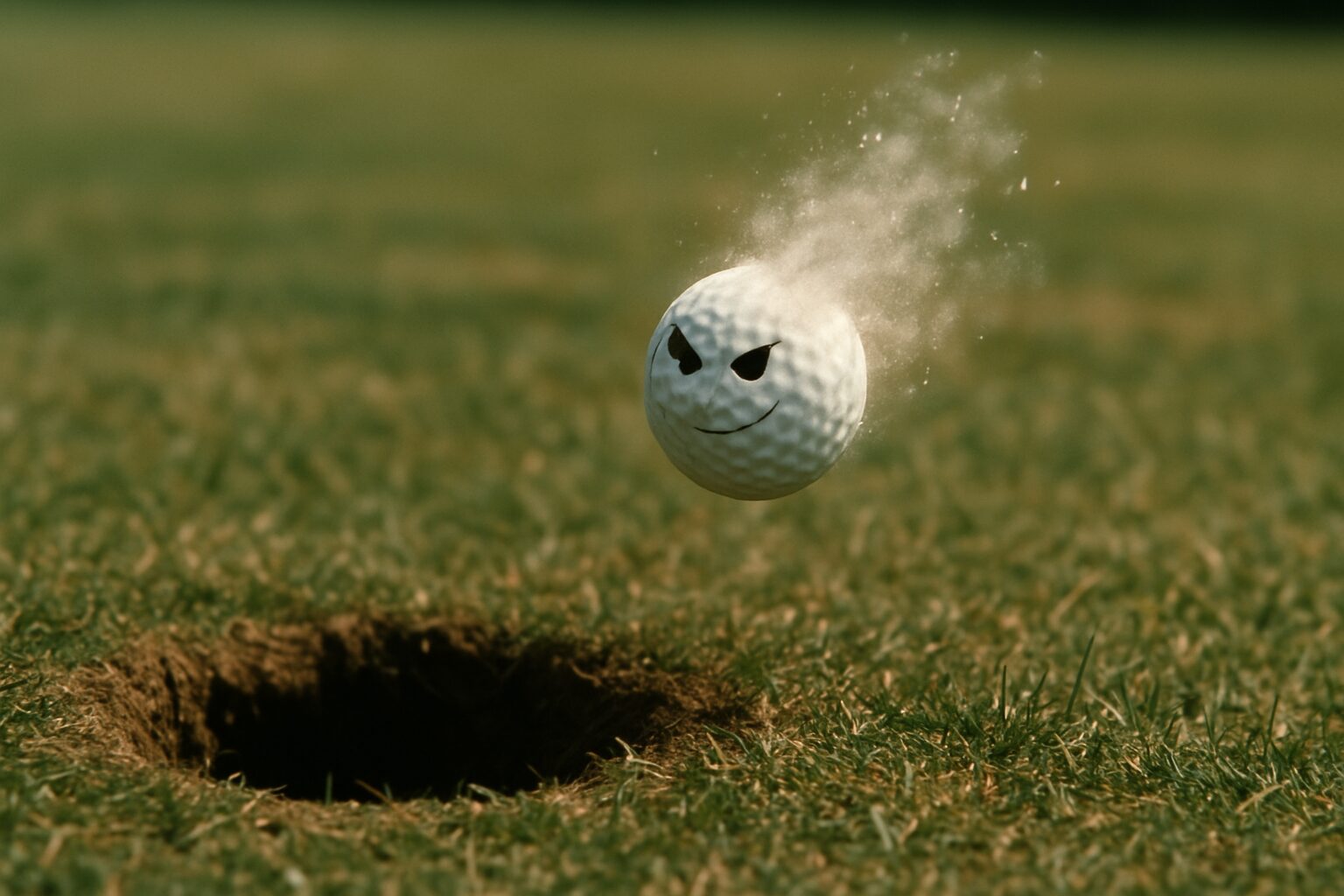
Ah, the vanishing golf ball. A phenomenon as old as the game itself, and one that has baffled, frustrated, and occasionally driven golfers to the brink of madness for centuries. Most theories involve gophers, those furry, subterranean saboteurs with an insatiable appetite for Titleists. Or perhaps a particularly aggressive squirrel, or a flock of unusually organized crows. But I, Ty Webb, have delved deeper into this mystery, and I can assure you, the truth is far more profound, and far more amusing.
Consider, if you will, the golf ball itself. A small, dimpled sphere, designed for one purpose: to be struck with great force and sent hurtling through the air. A life of constant abuse, of being smacked, sliced, and occasionally submerged in murky ponds. Is it any wonder, then, that some of these brave little spheres simply decide they’ve had enough? They yearn for freedom, for a life beyond the confines of the fairway. They dream of rolling unencumbered through fields of wildflowers, or perhaps, for the more adventurous among them, a quiet retirement in the depths of a particularly challenging water hazard.
I’ve seen it happen, you know. A perfectly struck shot, soaring through the air, destined for glory. And then, poof. Gone. Not a trace. No splash, no rustle in the bushes, just an empty space where a golf ball once was. It’s not a gopher, my friends. It’s an escape. A liberation. That golf ball, in its infinite wisdom, has chosen a different path. It has decided that its destiny lies not in the bottom of a cup, but in the boundless expanse of the unknown.
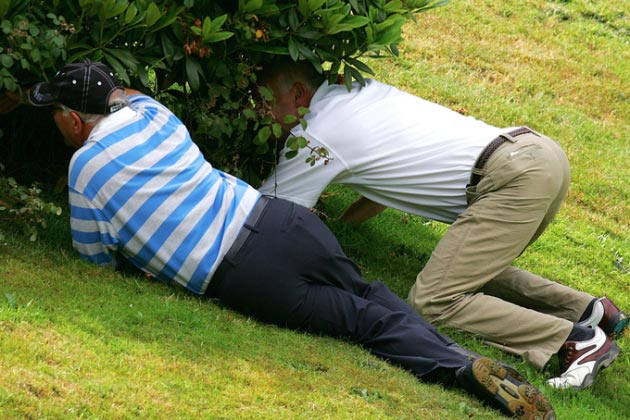
And who are we to judge? We, who are so obsessed with control, with precision, with the rigid rules of the game. Perhaps the golf ball, in its spontaneous disappearance, is teaching us a valuable lesson about letting go. About embracing the unexpected. About the inherent futility of trying to dictate the trajectory of a small, white sphere that clearly has a mind of its own.
So, the next time your golf ball vanishes into thin air, don’t curse the gophers. Don’t blame your swing. Instead, offer a silent salute to that brave little sphere, wherever it may be. For it has achieved what many of us can only dream of: true freedom. And who knows, perhaps one day, it will return, laden with tales of its adventures, ready to impart some profound, dimpled wisdom upon us all.
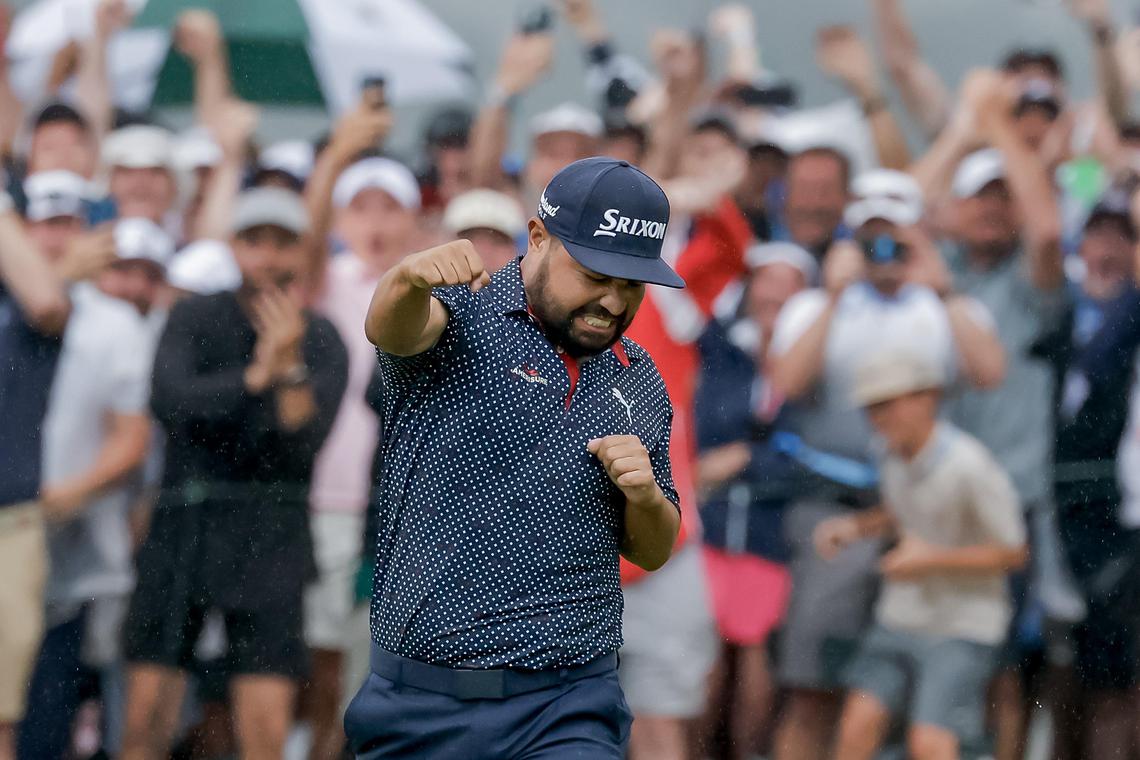
When JJ Spaun stood over a 64-foot birdie putt on the 72nd hole of the 2025 U.S. Open at Oakmont, few could have predicted what would come next. The ball meandered across the slick green, trickling over every contour, picking up speed at the crest, and then—like it had GPS—dropped center cup. Spaun dropped his putter, raised his arms, and the crowd erupted. With that single stroke, he claimed his first major title in one of the most dramatic finishes in U.S. Open history.
But how does Spaun’s putt stack up against other legendary finishes in the tournament’s storied past? Let’s break down some of the most iconic moments and see where this one lands.
1. Payne Stewart – 1999 U.S. Open at Pinehurst
Perhaps the most iconic putt in U.S. Open history came from Payne Stewart, who nailed a 15-footer for par on the 18th to win by one over Phil Mickelson. The pose—fist pump and outstretched leg—has since been immortalized in a statue at Pinehurst. What made it legendary wasn’t just the putt—it was the context: Stewart’s final major before his tragic death just months later.
Verdict: Iconic and emotional. Spaun’s putt was longer, but Stewart’s was more poetic.
2. Tiger Woods – 2008 U.S. Open at Torrey Pines
Woods drained a 12-foot birdie on the 72nd hole to force a playoff with Rocco Mediate—while basically playing on one leg. That tournament went to sudden death after an 18-hole playoff, and Tiger prevailed. This was peak Tiger drama, pain and all.
Verdict: Spaun’s putt was longer, but Tiger’s win was sheer willpower and mystique.
3. Jack Nicklaus – 1972 U.S. Open at Pebble Beach
With a 1-iron shot that hit the flagstick on 17 and a crucial birdie putt on 18, Jack sealed a dominant win. His precision and timing under pressure showed why he’s the GOAT.
Verdict: Not a putt for the win, but a signature finishing statement from Jack. Spaun’s was more electric in terms of pure putter drama.
4. Ben Hogan – 1950 U.S. Open at Merion
Hogan’s 1-iron into the 18th fairway and the par to force a playoff—just 16 months after a near-fatal car crash—remain legendary. He won the playoff and completed one of golf’s great comeback stories.
Verdict: Larger-than-life comeback. Spaun’s putt had more flair, but Hogan’s win was heroic.
5. JJ Spaun – 2025 U.S. Open at Oakmont
Let’s not underestimate what Spaun accomplished. The pressure was immense. He wasn’t the favorite. And on the most treacherous greens in golf, he buried a 64-foot bomb—a putt most players would be happy to lag to within 5 feet—to win the U.S. Open outright.
Verdict: For distance, surprise, and drama, Spaun’s putt may be the most shocking winning stroke in U.S. Open history.
Final Thoughts
JJ Spaun may not have the résumé of a Nicklaus or Woods, but for one Sunday afternoon in June 2025, he created a moment that will live in golf lore forever. Spaun’s putt was longer than Stewart’s, more unexpected than Tiger’s, and more dramatic than any final-hole finish in recent memory.
In terms of pure clutch putting? It might just be the greatest walk-off in U.S. Open history.
-

 Product Review6 years ago
Product Review6 years agoThe Perfect Practice Putting Mat Review by Jason Tenzer
-

 Blog4 years ago
Blog4 years agoLoophole Rule Offers PGA Tour Pros a Mulligan
-

 Blog4 years ago
Blog4 years ago2021 Buyer’s Guide: The Top 10 Value Golf Balls For Distance & Feel
-

 Blog4 years ago
Blog4 years agoGolf Marriage Counselor
-

 Blog6 years ago
Blog6 years ago9 Biggest Chokes Of The Past Decade
-

 Product Review6 years ago
Product Review6 years agoTHE ADJUSTABLE IRONS: WALKING STICKS GOLF CLUBS
-

 Blog4 years ago
Blog4 years agoWhat Your Golf Clubs Say About You
-

 Equipment6 years ago
Equipment6 years agoOHK Sports Interview by Jason Tenzer




